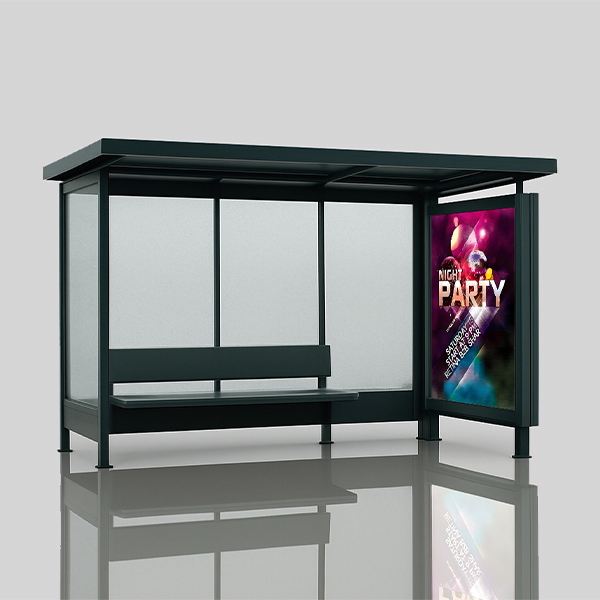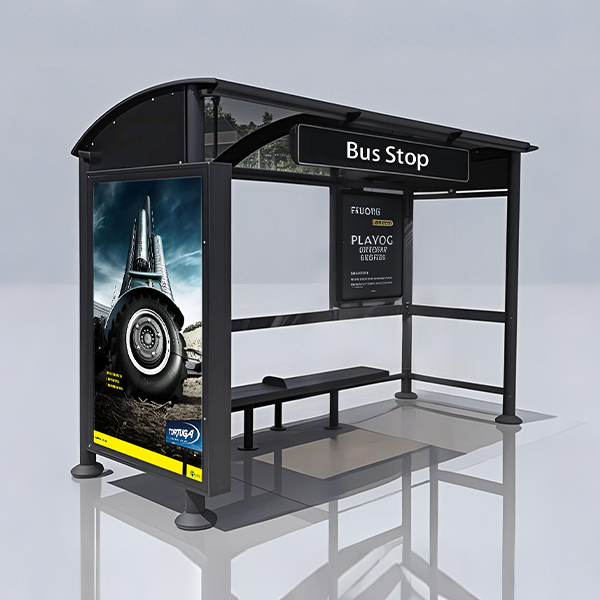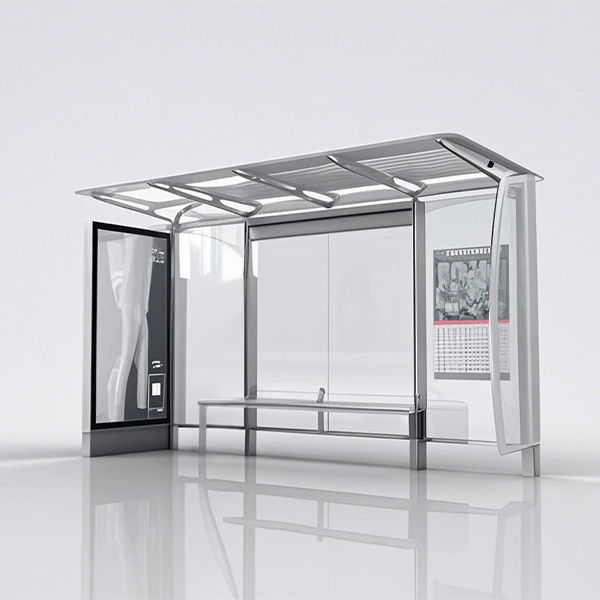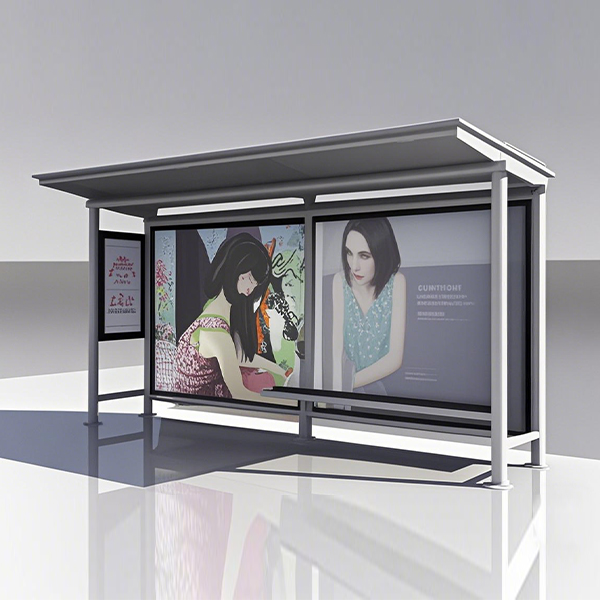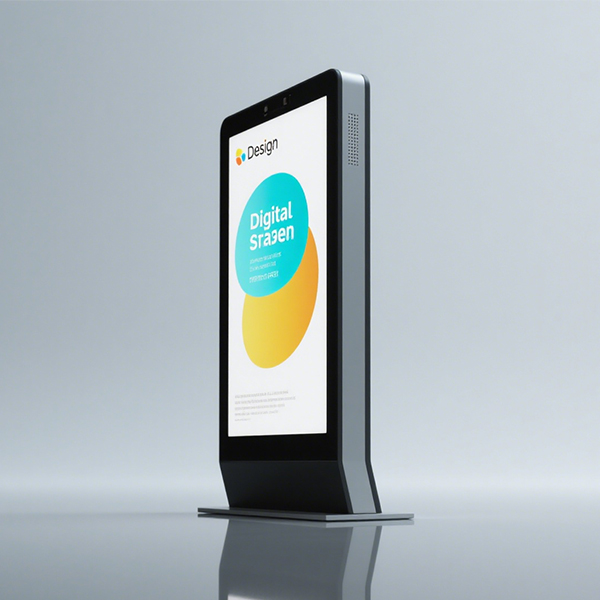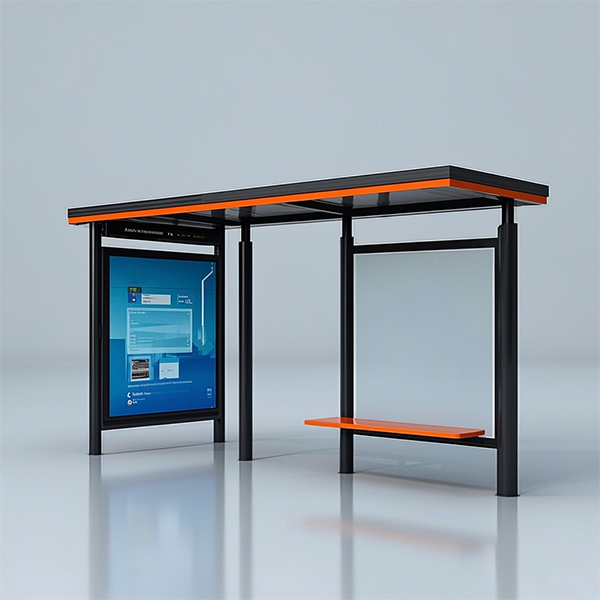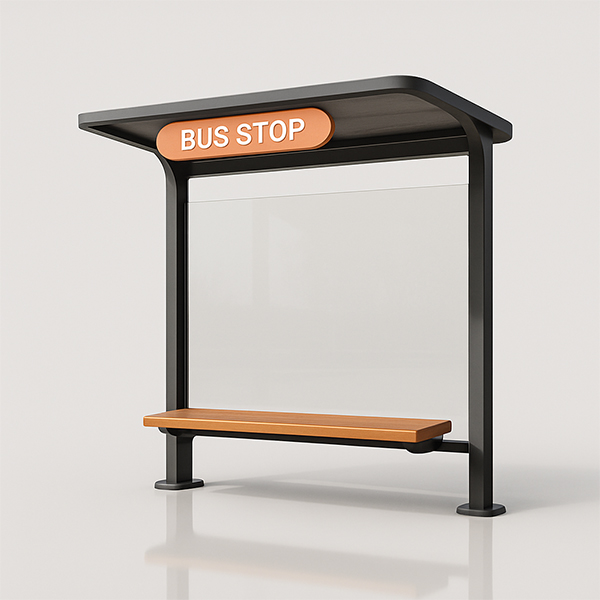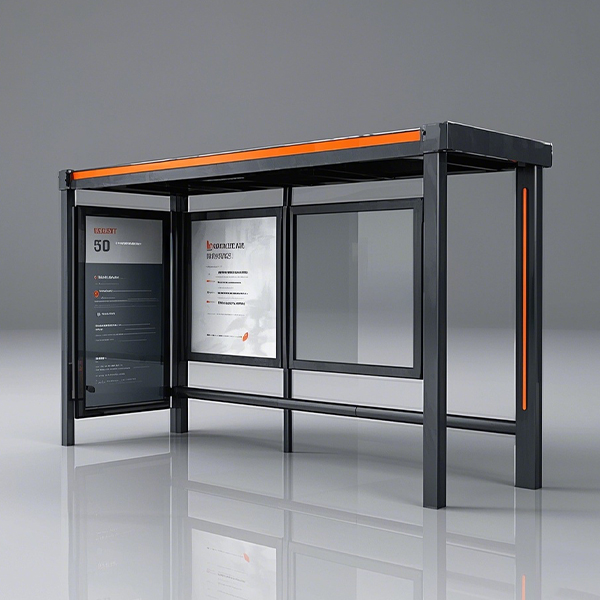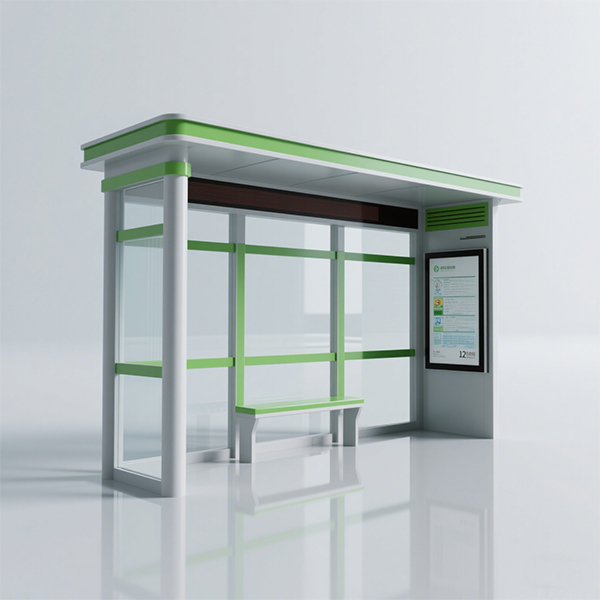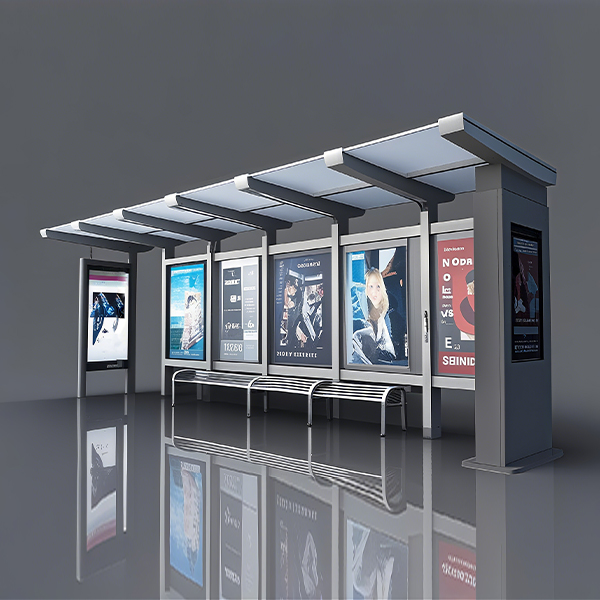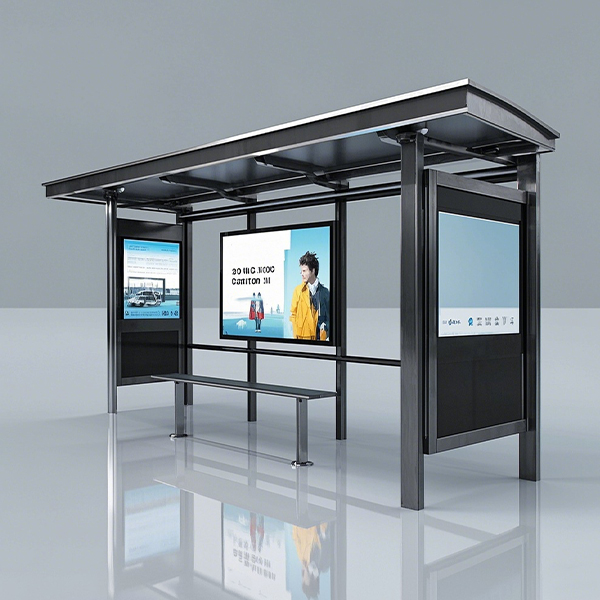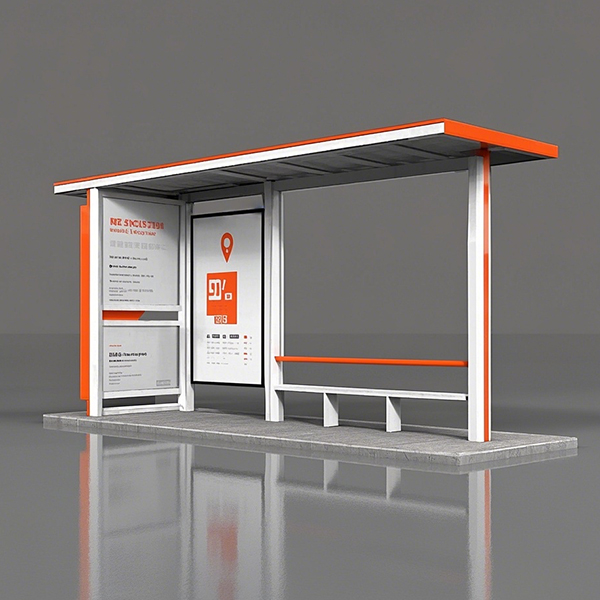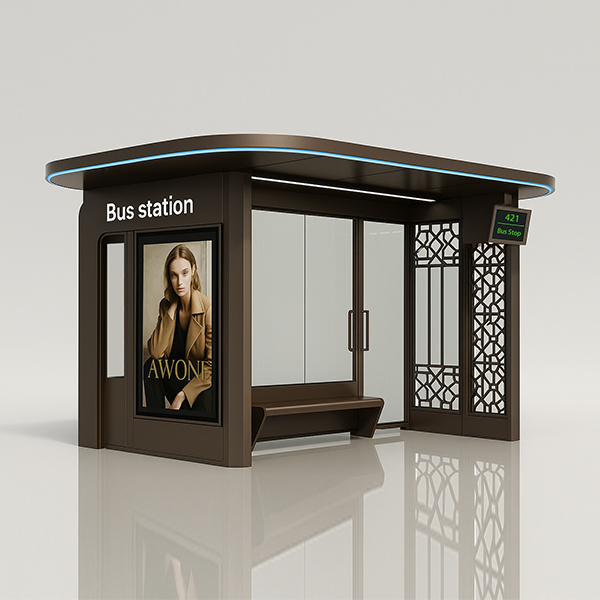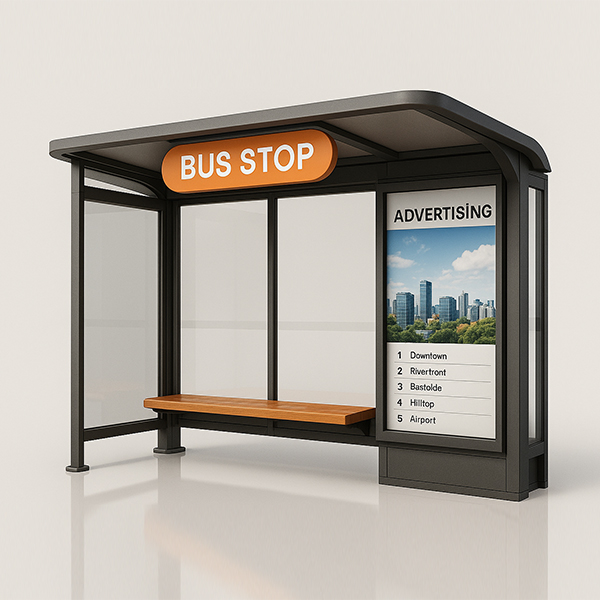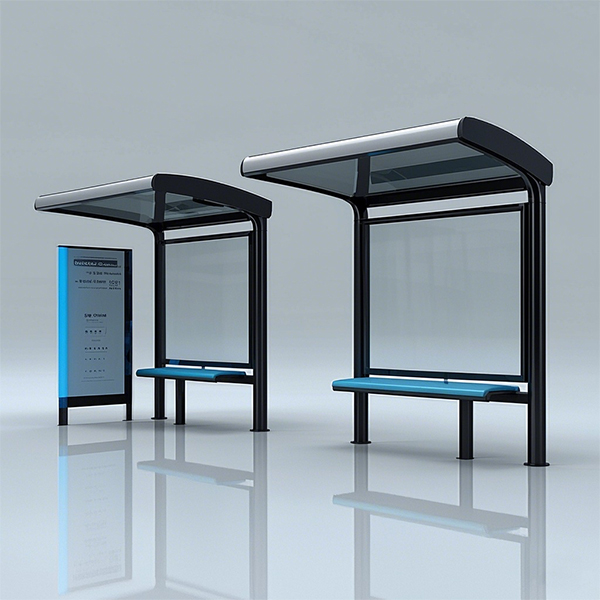
bus shelter glass
This guide explores the various types of glass used in bus shelter glass, helping you choose the best option for durability, safety, and aesthetics. We'll cover key factors like impact resistance, light transmission, and maintenance requirements. Learn about different glass treatments and coatings to enhance performance and longevity.
Types of Glass for Bus Shelters
Tempered Glass
Tempered glass, also known as toughened glass, is the most common choice for bus shelter glass. Its superior strength makes it highly resistant to impact and shattering. In the event of breakage, it crumbles into small, relatively harmless pieces, minimizing injury risk. Shandong Luyi Public Facilities Co., Ltd. offers a range of tempered glass solutions designed specifically for bus shelters. Visit their website at https://www.luyismart.com/ to explore their options.
Laminated Glass
Laminated glass consists of two or more layers of glass bonded together with a strong interlayer, typically polyvinyl butyral (PVB). This interlayer holds the glass fragments together even if the glass is broken, preventing shattering and offering enhanced safety. Laminated bus shelter glass is particularly suitable for high-traffic areas where impact risks are higher. While generally more expensive than tempered glass, the added safety benefits often outweigh the cost.
Acrylic Glass (Polycarbonate)
Acrylic glass, or polycarbonate, is a lightweight and extremely impact-resistant alternative to traditional glass. It's significantly more resistant to shattering than both tempered and laminated glass, making it a suitable choice for locations with a high risk of vandalism or accidental damage. However, it can be more susceptible to scratching and may not offer the same level of optical clarity as glass.
Factors to Consider When Selecting Bus Shelter Glass
Impact Resistance
The level of impact resistance required depends on the location and expected level of vandalism or accidental damage. Tempered glass offers good impact resistance for most applications, while laminated and acrylic offer even higher levels.
Light Transmission
The amount of light transmitted through the bus shelter glass affects the visibility and comfort within the shelter. Clear glass offers the highest light transmission, but tinted or coated glass can reduce glare and improve thermal performance.
Maintenance
Different types of bus shelter glass require different levels of maintenance. Tempered and laminated glass are relatively low-maintenance, while acrylic may require more frequent cleaning to prevent scratching.
Glass Treatments and Coatings
Low-E Coatings
Low-E (low-emissivity) coatings help reduce heat transfer through the glass, improving energy efficiency and reducing glare. This is particularly beneficial in areas with extreme temperatures.
Anti-Reflective Coatings
Anti-reflective coatings minimize glare and improve visibility, making them suitable for locations with significant direct sunlight.
Choosing the Right Bus Shelter Glass for Your Needs
The best type of bus shelter glass depends on a variety of factors, including budget, location, and desired level of safety and performance. By carefully considering the options and factors outlined above, you can make an informed decision that meets your specific requirements. Always consult with a qualified supplier, like Shandong Luyi Public Facilities Co., Ltd., for expert advice and product selection.
| Glass Type | Impact Resistance | Light Transmission | Maintenance |
|---|---|---|---|
| Tempered Glass | High | Excellent | Low |
| Laminated Glass | Very High | Excellent | Low |
| Acrylic Glass | Extremely High | Good | Moderate |
Remember to always prioritize safety when choosing bus shelter glass. The right choice will ensure both the safety of passengers and the longevity of your bus shelter.
Соответствующая продукция
Соответствующая продукция







